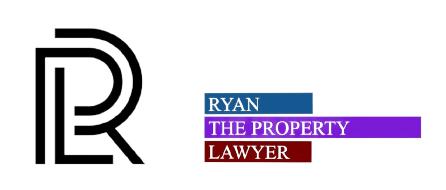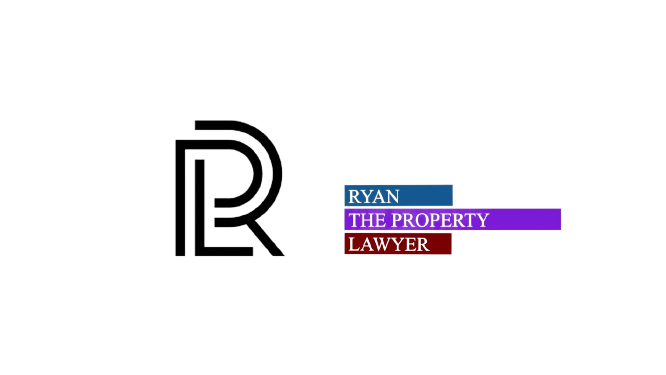In essence, a collateral mortgage is, as defined in Royal Bank of Canada v. Slack – “any property which is assigned to or pledged to secure the performance of an obligation and as additional thereto, and which upon the performance of the obligation is to be surrendered or discharged.”.
This…is a complicated definition, and it comes from commercial banking, and not necessarily the law. Technically, ‘collateral’ is a commercial term, as opposed to a legal one.
When most people refer to a ‘collateral mortgage’ in the legal & real estate world, they are referring to any mortgage which stands as security for an obligation created outside of the mortgage that is a performance and not a payment obligation.
To put it more succinctly, the purpose of a collateral mortgage is to create a security interest in real estate to support a primary obligation that is contained in some other unregistered document or contract. This can take many forms; for example, as a mortgage:
- registered as security for the repayment of a grid promissory note;
- registered as security for the payment and performance of a guarantee;
- registered as additional security for the primary debt borrowed under another mortgage;
- registered as a security for an indemnity;
- registered to secure the performance of a transactional obligation (i.e. an undertaking to perform environmental work).
Perhaps put even more succinctly, collateral mortgages are a set of rights or obligations secured through the registration of a mortgage on real property.
A practical consequence of how collateral mortgages work is that the obligations they create can be more easily amended from time to time without actually changing the registration or terms of the actual mortgage registered on title. A very common example for many homeowners: collateral mortgages allow lenders to advance you more money (as a line of credit or to secure a car loan)
without having to refinance or touch the actual mortgage charge (which saves you legal fees by not having to use a lawyer to refinance). By registering your property with a collateral charge, you can then borrow additional funds from the mortgage amount charged to your property without changing the terms of the mortgage charge. It makes the borrowing and lending of money much easier for both borrowers and lender.
RPL represents mortgage brokerages, private lenders and all types of property owners. Contact us if you’d like to discuss collateral mortgages as a lender or as a borrower.
Author Profile

Latest Blog
 Uncategorised22 December 2023What Constitutes a Legal Partnership in Ontario?
Uncategorised22 December 2023What Constitutes a Legal Partnership in Ontario? Uncategorised22 December 2023Characteristics of a Corporation in Ontario
Uncategorised22 December 2023Characteristics of a Corporation in Ontario Uncategorised22 December 2023Intentions Matter When Co-Owning Property
Uncategorised22 December 2023Intentions Matter When Co-Owning Property Uncategorised22 December 2023Consequences of Operating an Ontario Partnership
Uncategorised22 December 2023Consequences of Operating an Ontario Partnership




